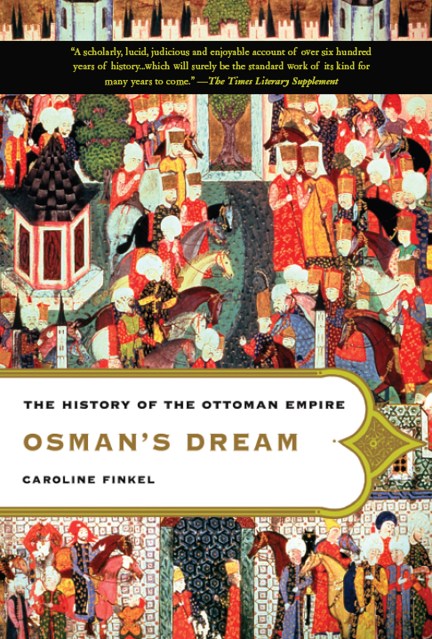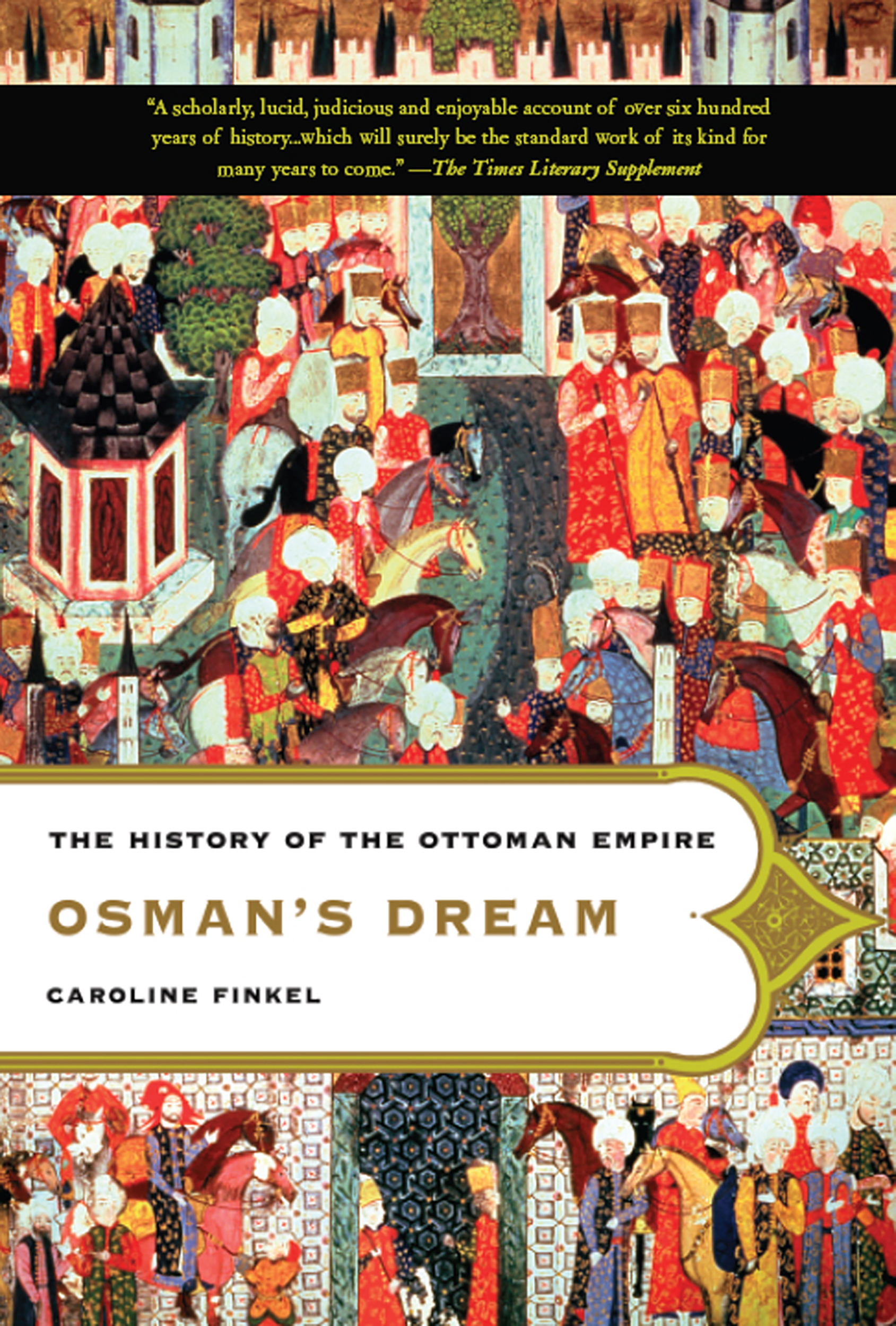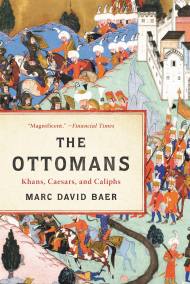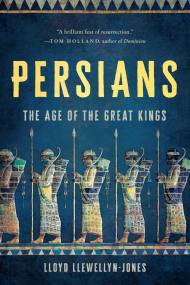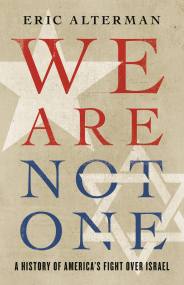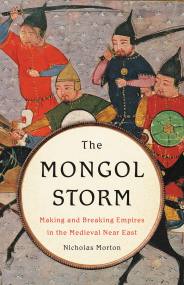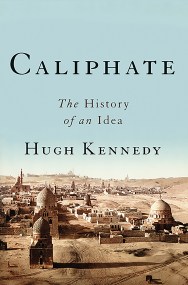Promotion
Use code MOM24 for 20% off site wide + free shipping over $45
Osman's Dream
The History of the Ottoman Empire
Contributors
Formats and Prices
Price
$14.99Format
Format:
- ebook $14.99
- Trade Paperback $22.99
This item is a preorder. Your payment method will be charged immediately, and the product is expected to ship on or around August 1, 2007. This date is subject to change due to shipping delays beyond our control.
Also available from:
The Ottoman Empire was one of the largest and most influential empires in world history. Its reach extended to three continents and it survived for more than six centuries, but its history is too often colored by the memory of its bloody final throes on the battlefields of World War I. In this magisterial work-the first definitive account written for the general reader-renowned scholar and journalist Caroline Finkel lucidly recounts the epic story of the Ottoman Empire from its origins in the thirteenth century through its destruction in the twentieth.
Genre:
- On Sale
- Aug 1, 2007
- Page Count
- 704 pages
- Publisher
- Basic Books
- ISBN-13
- 9780465008506
Newsletter Signup
By clicking ‘Sign Up,’ I acknowledge that I have read and agree to Hachette Book Group’s Privacy Policy and Terms of Use
